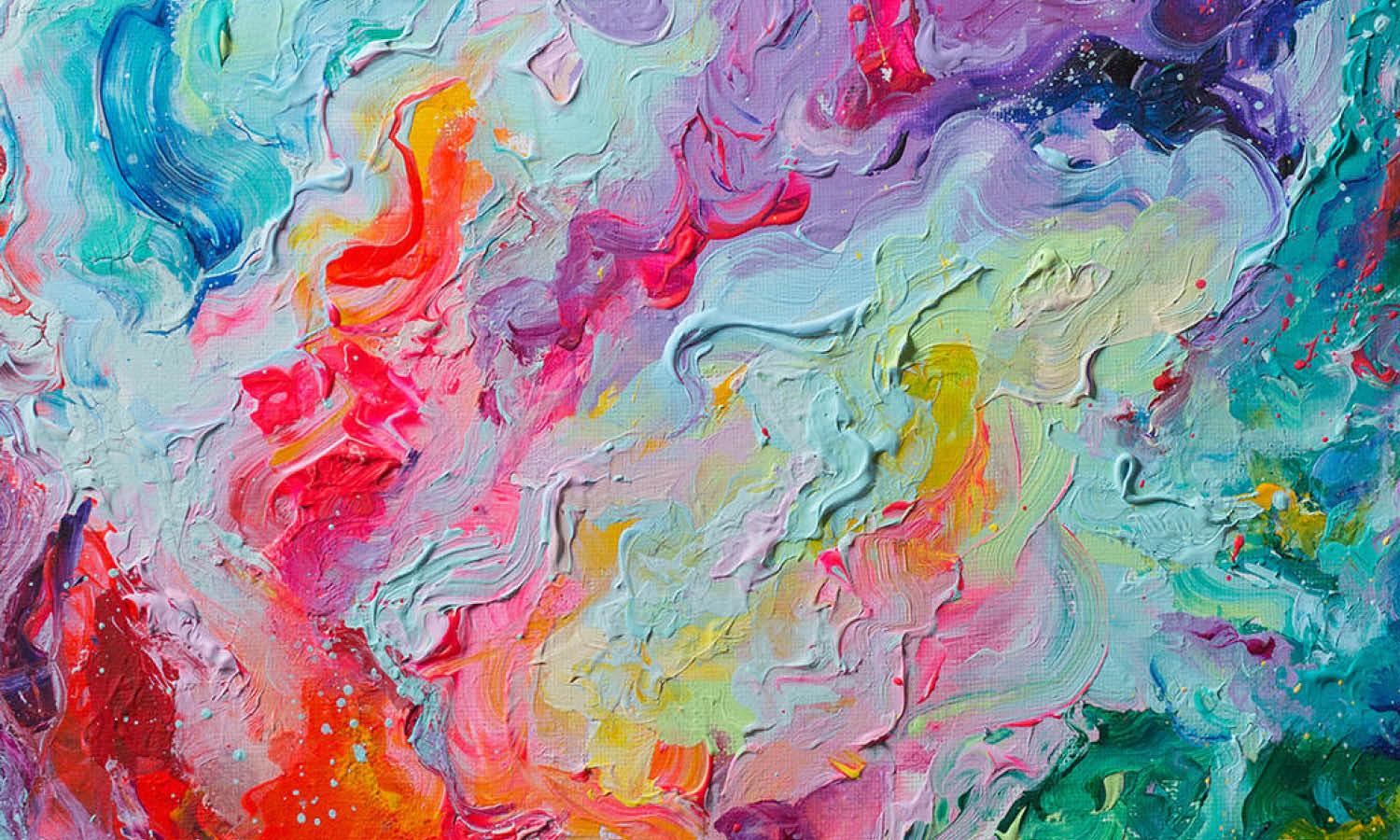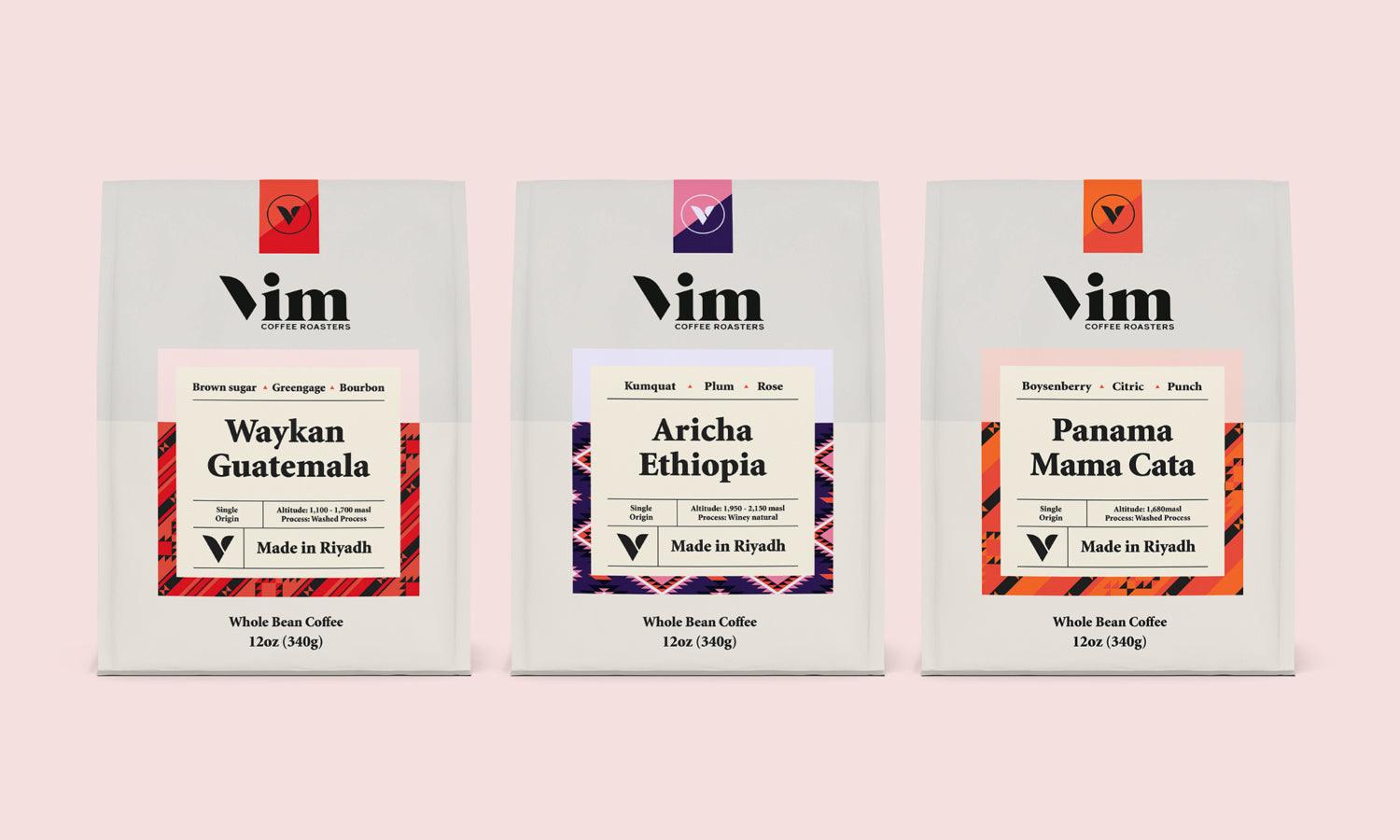VVS Diamond Price: A Complete Buying Guide

When it comes to purchasing a diamond, understanding the nuances of diamond grading is crucial. Among the various factors that determine a diamond's value, clarity plays a significant role. VVS, or Very Very Slightly Included, is one of the highest clarity grades a diamond can achieve. In this comprehensive guide, we will delve into everything you need to know about VVS diamonds, including their price, characteristics, and whether they are the right choice for you.
What is a VVS Diamond?
VVS stands for Very Very Slightly Included, which is a clarity grade assigned by gemological laboratories such as the Gemological Institute of America (GIA). Diamonds with VVS clarity have minute inclusions that are extremely difficult to detect, even under 10x magnification. These inclusions are so minor that they do not affect the diamond's overall beauty or brilliance.
VVS1 vs. VVS2
VVS clarity is further divided into two subcategories: VVS1 and VVS2.
- VVS1: These diamonds have inclusions that are extremely difficult to see under 10x magnification. The inclusions are typically located on the lower half of the diamond, making them less visible.
- VVS2: While still in the VVS category, VVS2 diamonds have slightly more noticeable inclusions compared to VVS1. These inclusions may be located in more visible areas of the diamond, but they are still very difficult to detect without magnification.
Factors Affecting VVS Diamond Price
The price of a VVS diamond is influenced by several factors, including the 4Cs: Carat, Cut, Color, and Clarity. Let's explore each of these factors in detail.
1. Carat Weight
Carat weight is one of the most significant factors affecting a diamond's price. As the carat weight increases, so does the price. However, the price per carat also increases with higher carat weights due to the rarity of larger diamonds. For example, a 2-carat VVS diamond will cost significantly more than two 1-carat VVS diamonds of similar quality.
2. Cut
The cut of a diamond refers to how well the diamond has been shaped and faceted. A well-cut diamond will reflect light beautifully, enhancing its brilliance and sparkle. The cut grade ranges from Excellent to Poor. Diamonds with Excellent or Ideal cuts are more expensive because they offer superior light performance.
3. Color
Diamond color is graded on a scale from D (colorless) to Z (light yellow or brown). Colorless diamonds (D-F) are the most valuable and expensive. VVS diamonds with higher color grades (D-F) will command a higher price compared to those with lower color grades (G-J).
4. Clarity
While VVS diamonds are already at the higher end of the clarity scale, the price can still vary based on whether the diamond is VVS1 or VVS2. VVS1 diamonds are generally more expensive than VVS2 diamonds due to their slightly better clarity.
5. Shape
The shape of the diamond can also affect its price. Round brilliant diamonds are the most popular and tend to be more expensive due to their high demand and the amount of rough diamond lost during cutting. Fancy shapes like princess, emerald, and oval may be less expensive but can still vary in price based on their cut quality.
6. Certification
Diamonds that come with a certification from a reputable gemological laboratory like GIA, AGS, or HRD are generally more expensive. Certification provides an unbiased assessment of the diamond's quality, giving buyers confidence in their purchase.
VVS Diamond Price Range
The price of a VVS diamond can vary widely based on the factors mentioned above. Here is a general price range for VVS diamonds of different carat weights:
- 0.5 Carat: 1,500−3,000
- 1 Carat: 4,000−8,000
- 1.5 Carat: 8,000−15,000
- 2 Carat: 15,000−30,000
- 3 Carat: 30,000−60,000
Please note that these prices are approximate and can vary based on the specific characteristics of the diamond, such as cut, color, and certification.
Is a VVS Diamond Worth It?
Whether a VVS diamond is worth the investment depends on your priorities and budget. Here are some pros and cons to consider:
Pros
- Exceptional Clarity: VVS diamonds offer exceptional clarity, making them a great choice for those who want a flawless-looking diamond.
- High Resale Value: Due to their high clarity grade, VVS diamonds tend to retain their value better over time.
- Ideal for Investment: If you're looking to invest in a diamond, a VVS diamond is a solid choice due to its rarity and high quality.
Cons
- Higher Price: VVS diamonds are more expensive than lower clarity grades like VS or SI. If budget is a concern, you may want to consider a lower clarity grade.
- Diminishing Returns: The difference in clarity between VVS and VS diamonds is often not visible to the naked eye. You may be paying a premium for a difference that is only noticeable under magnification.
- Alternative Options: If you're looking for a larger diamond, opting for a slightly lower clarity grade (like VS) can allow you to get a bigger stone for the same price.
Tips for Buying a VVS Diamond
If you've decided that a VVS diamond is the right choice for you, here are some tips to ensure you get the best value for your money:
1. Prioritize Cut and Color
While clarity is important, cut and color have a more significant impact on a diamond's overall appearance. A well-cut diamond with a high color grade will look more brilliant and beautiful, even if it has slightly lower clarity.
2. Consider the Diamond's Shape
As mentioned earlier, the shape of the diamond can affect its price. If you're open to different shapes, you may be able to find a VVS diamond at a more affordable price.
3. Buy from a Reputable Seller
Always purchase your diamond from a reputable jeweler or online retailer. Look for sellers who offer certified diamonds and have positive customer reviews. For example, brands like Swarovski are known for their high-quality crystals and gemstones, though they primarily specialize in crystal jewelry rather than diamonds.
4. Compare Prices
Don't settle for the first diamond you see. Compare prices from different sellers to ensure you're getting the best deal. Keep in mind that prices can vary based on the diamond's specific characteristics.
5. Inspect the Diamond
If possible, inspect the diamond in person or request high-resolution images and videos. This will allow you to see the diamond's clarity and overall quality before making a purchase.
6. Consider the Setting
The setting of the diamond can also affect its appearance. A well-designed setting can enhance the diamond's brilliance and make inclusions less noticeable.
Alternatives to VVS Diamonds
If you're unsure whether a VVS diamond is the right choice for you, consider these alternatives:
1. VS Diamonds
VS (Very Slightly Included) diamonds have inclusions that are minor and difficult to see under 10x magnification. They offer excellent clarity at a more affordable price compared to VVS diamonds.
2. SI Diamonds
SI (Slightly Included) diamonds have inclusions that are noticeable under 10x magnification but may still be eye-clean. These diamonds are a great option if you're looking for a larger stone on a budget.
3. Lab-Grown Diamonds
Lab-grown diamonds offer the same physical and chemical properties as natural diamonds but at a lower price. They are an excellent alternative if you're looking for a high-quality diamond without the premium price tag.
4. Swarovski Crystals
If you're looking for a more budget-friendly option that still offers brilliance and sparkle, Swarovski crystals are a popular choice. While not diamonds, Swarovski crystals are known for their exceptional clarity and light performance, making them a great alternative for those who want the look of a diamond without the cost.
Conclusion
VVS diamonds are among the highest clarity grades available, offering exceptional beauty and brilliance. While they come with a higher price tag, their rarity and quality make them a worthwhile investment for those who prioritize clarity and are willing to pay a premium for it.
When purchasing a VVS diamond, it's essential to consider all the factors that affect its price, including carat weight, cut, color, and certification. By doing your research and comparing options, you can find a VVS diamond that meets your needs and budget.










